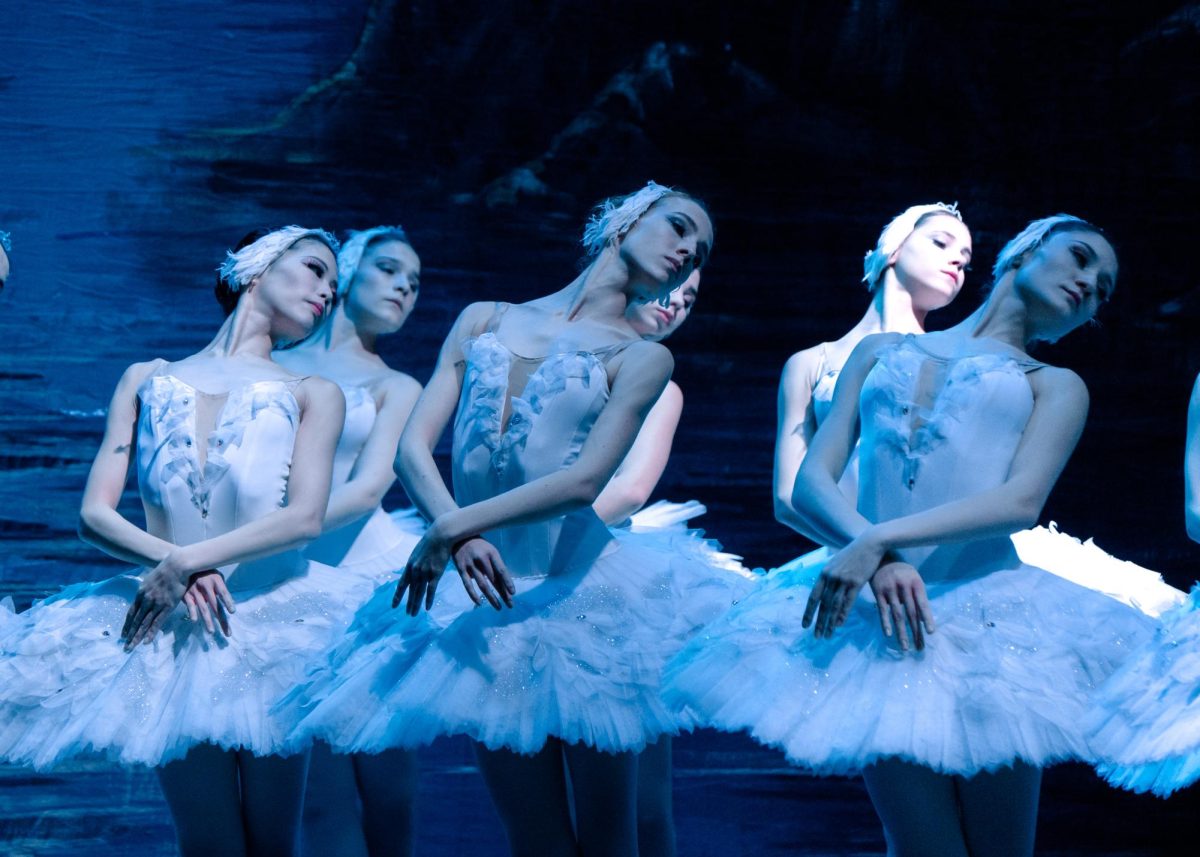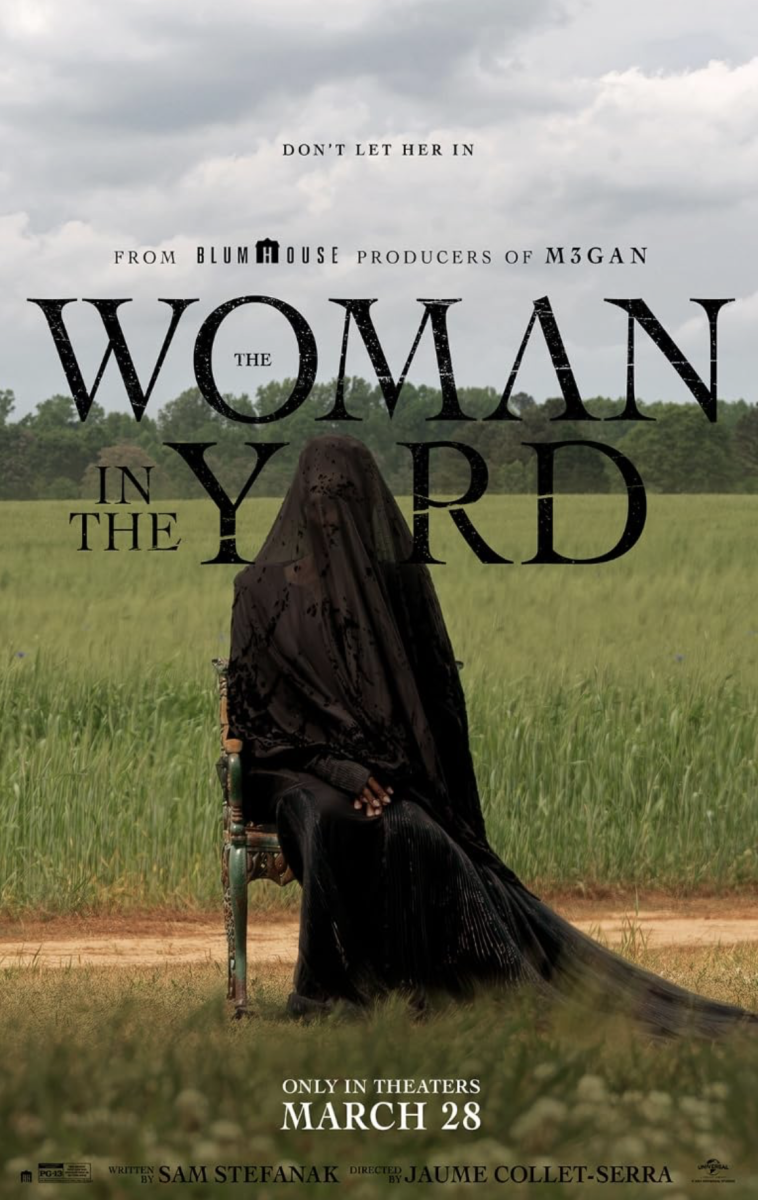Genre: Existential Drama
Runtime: 138 minutes
For those who like: Enter the Void, The New World
Grade: C-
Each and every audience member is bound to take something different from “The Tree of Life” simply because of the film’s intensely personal nature, both in style and content. It’s an odd film that’s more than happy to take a 20-minute detour into the history of the universe’s formation and let the audience stew in their own thoughts for a bit.
As such, it’s an extremely difficult film to quantify in any meaningful fashion simply because it’s not a film that can be easily sorted into categories of good or bad. The film is more of a journey through director Terrence Malick’s psyche than a film that could easily be praised or maligned.
Throughout the film, Malick displays a preference for half-baked philosophical musings and vivid imagery over plot, character, clarity or the audience’s enjoyment. That isn’t to say that “The Tree of Life” is an irredeemable film or a complete waste of time. If anything, nearly every frame of the film is an absolute marvel.
Malick, along with cinematographer Emmanuel Lubezki, demonstrates an absolute mastery of the visual side of filmmaking, contorting small Texas suburbs at will, causing them to seem equally foreboding, comforting and foreign as he feels the story demands. Also worth mentioning is Alexandre Desplat’s soaring, wonderful score, an inspiring piece of music that’s by far the best thing to come out of this maddeningly uneven film.
Broken up into three distinct sections, “The Tree of Life” shines in the middle, which depicts the childhood of Jack (Hunter McCracken) in 1950s small-town Texas. The hour or so spent watching Jack struggle with his strict father (Brad Pitt) and sympathetic mother (Jessica Chastain) is filled with moments of nostalgia-tinged beauty and elegance.
McCracken, making his debut, is a formidable actor, effortlessly vulnerable and soulful as he navigates the treacherous minefield of adolescence. Pitt and Chastain are similarly strong, especially the always reliable Pitt, whose bitter and resentful character proves to be equally terrifying and frustrating. However, both actors are saddled with a short list of qualities rather than actual characters, and Pitt can only parse so many variations of causing his sons mental anguish.
While the middle section is the film’s highlight, it grows tiring because Malick makes the same points over and over rather than build intriguing characters or situations. This is characteristic of much of the film, especially the two sections that surround the chronicle of Jack’s childhood. The film’s first section, which shows an elderly Pitt and Chastain (whose characters remain unnamed) dealing with the death of a son as an adult Jack (Sean Penn) mopes around a Houston skyscraper, quickly devolves into an overlong series of shots of nature, space and even a few CGI dinosaurs.
It’s the dinosaur sequence that first arouses skepticism about the film. Malick has a lot on his mind here and he believes he’s making deep, nuanced observations about the unstable relationship between Man and God and the way people lead their lives. He fails to present these ideas in any substantial form, instead having characters we’ve barely met whisper them in voiceover while we watch some lava melt a rock.
The film never lets us forget what we’re watching — big, important and ambitious art. It also never takes the time to earn the respect and attention it demands of its audience.
Shockingly, its final section is even more insufferable, shattering what little internal logic or shreds of narrative existed in the film in order to give us a dialogue-free, climactic sequence that’s clearly meant to be cathartic but is instead frustrating.
Malick is by no means a commercial filmmaker and makes it perfectly clear from the first frame of “The Tree of Life” that he has no interest in making a film that satisfies his audience. At the same time, he has constructed a film that fails to engage his audience, throwing underdeveloped characters and musings about the human condition at them without giving them a reason to care.
Even worse than keeping us at arm’s length from the characters, the fractured chronology of the second section robs us of a chance to see them develop or change. He never lets them move forward from the small collection of personality traits they’re assigned because it’s never clear how the film’s events relate to one another.
“The Tree of Life” isn’t for everyone. There are things to like in the film, such as the barely pent-up fury in Pitt’s eyes when he’s unsuccessfully teaching his sons to fight; or the gorgeous visual feast Malick serves up for the audience or McCracken’s wonderful debut performance. To those who see “The Tree of Life” and find themselves unreceptive to Malick’s philosophical babblings and contempt for his audience, trust one thing: you didn’t miss something.
Disappointingly enough, “The Tree of Life” simply isn’t the film we hoped it would be. While a second viewing may seem necessary to pick up on some vital ingredient that simply wasn’t there the first time around, it’s not. There’s only one result of seeing “The Tree of Life” twice, and it’s sitting through “The Tree of Life.” Twice.




















